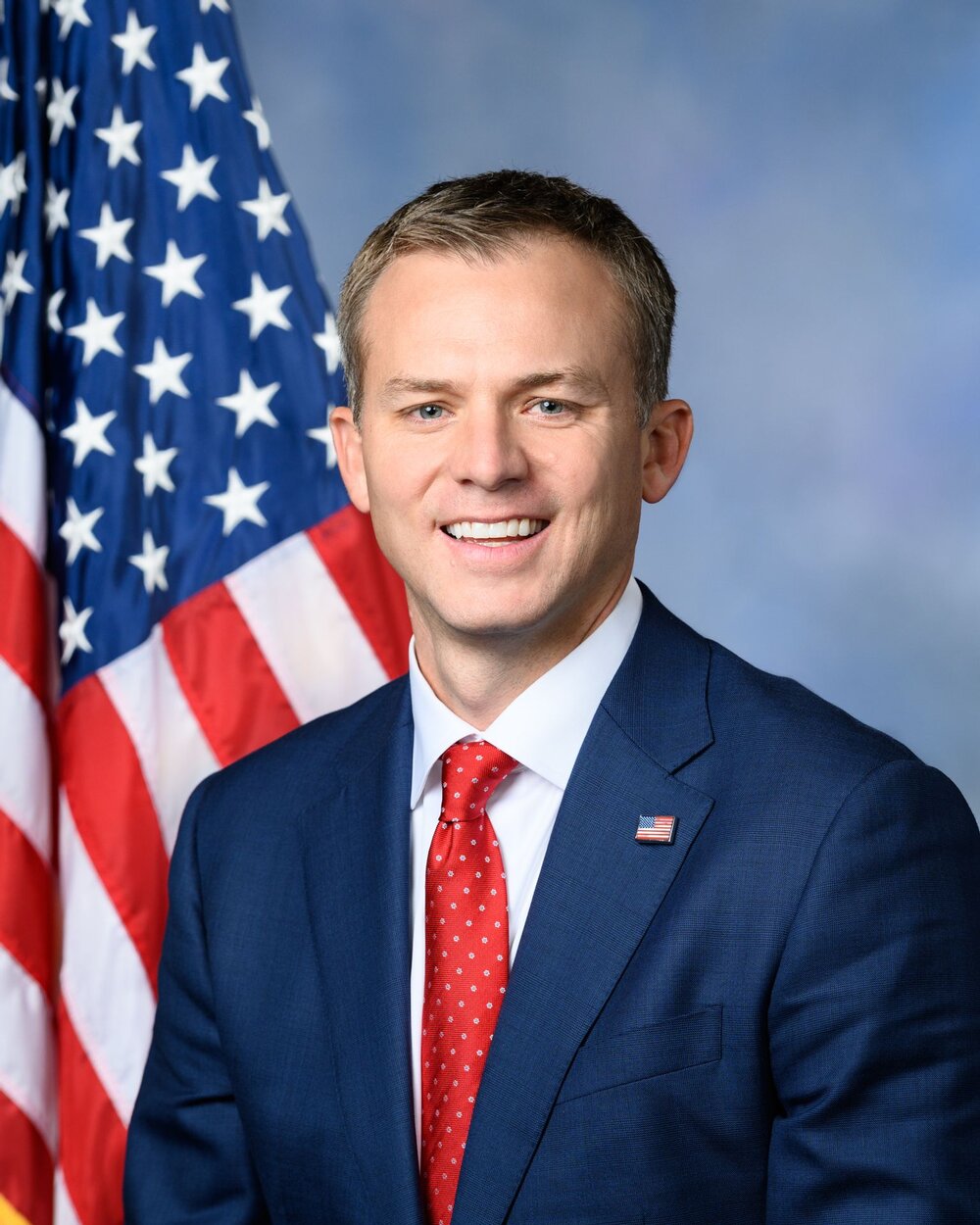Working Toward a Cleaner Chesapeake: How State Lawmakers are Protecting a Vital Watershed
June 5, 2025
By Catherine Nichols
For centuries, the Chesapeake Bay watershed has been a source of life and livelihood for millions of Americans — home to bustling communities and iconic species like oysters, crabs and striped bass. But the bay’s health is in steady decline. Across the region, lawmakers and environmental organizations are stepping up to reverse that trend, from Rep. Mike Smith, R-Del., who is focused on mitigating flood impacts in Delaware, to Del. Stuart Schmidt, R-Md., a consistent supporter of restoration legislation.
Grassroots engagement also plays a key role in restoring and preserving the bay. Since the 1980s, Virginia and Maryland have hosted community events like Clean the Bay Day — happening this Saturday, June 7 — which mobilizes thousands of volunteers to remove trash and debris from the shoreline. Others participate in the Patuxent River Wade-In, a hands-on way to observe and monitor water clarity.
To amplify the impact of these local efforts, lawmakers from Virginia, Maryland and Pennsylvania launched Chesapeake Bay Awareness Week in 2016. The weeklong observance, anchored by these events, has become a regional rallying point for celebrating the bay’s significance and educating residents about the vital role they can play in its health.
That role is a big one. The Chesapeake Bay watershed spans more than 150 rivers and streams across New York, West Virginia, Delaware and Washington, D.C., supplying water, food and economic opportunity to more than 18 million people.
Chesapeake Bay Awareness Week isn’t just about the estuary, but about understanding the interconnectedness of the entire watershed and finding joy in it. A wide range of events throughout the week, from kayaking and birding to litter cleanups and guided nature walks, offer opportunities to connect with the region’s natural beauty and grasp what’s at stake.
For Smith, that personal connection is key.
“The health of the bay starts in your backyard,” he said. “This isn’t just an abstract environmental issue. It’s fundamental to our lives and livelihoods.”
The bay fuels both the ecosystems and economies of the region. In Delaware alone, the watershed contributes over $2 billion in annual revenue from tourism, fishing and real estate and provides 47,000 jobs. Protecting the bay protects the communities that rely on it.
That protection takes many forms. Schmidt meets annually with the League of Conservation Voters to discuss legislation aimed at limiting pollution and restoring wildlife habitats. In 2024, he backed the Whole Watershed Act, a pilot initiative to reduce water pollution, improve fish and wildlife health, and expand public access to waterways, advancing ecological restoration while also boosting tourism and public engagement with Maryland’s natural spaces.
Schmidt sees his role as stewarding the bay for the long term.
“I want to make sure that this bay is going to be there for all of our family members and kids and grandkids and lineages alike to have,” he said. “That’s important to me, and I want to make sure that that’s at the forefront of the decisions that I make as a state legislator.”
In both Delaware and Maryland, one of the greatest challenges is protecting communities from flooding while preserving the watershed’s natural features. Heavy rains and rising sea levels are driving up flood risks, making it critical for lawmakers to address both resilience and conservation in tandem.
“[An issue] that Annapolis is working on big-time is how to stop a lot of the flooding they’ve been dealing with,” Schmidt said. “How do we protect the city dock? How do we make sure that the businesses close to the water will be protected?”
Despite the complexity of the problem, Smith believes meaningful progress is well within reach. He points to the value of living shorelines — natural buffers that stabilize coastal areas while supporting ecosystems — over bulkheads and other hard infrastructure. Protecting habitats, reducing reliance on septic systems, and incorporating sea level rise into local planning are all strategies that can help build long-term resilience.
“Incorporating sea level rise considerations into comprehensive planning at the local level is important,” Smith said. In Delaware, he’s supported efforts to help communities transition from septic systems to public water, a change that helps protect waterways during floods and storms.
“We’ve got to think safety,” Schmidt said. “We’ve got to think about the other species that we’re sharing this Earth with. It’s so pretty here, from the bald eagles to the deer to everybody who uses this bay, and we have to protect it for all of us.”






Join 1,900+ BIPARTISAN LEADERS NATIONWIDE
Be a part of a network of lawmakers committed to governing effectively, passing more representative public policy, and increasing public trust in democracy.